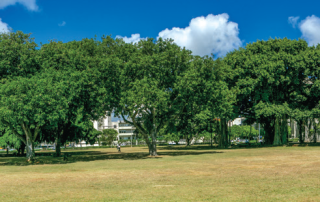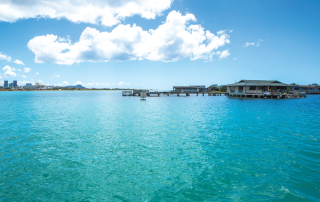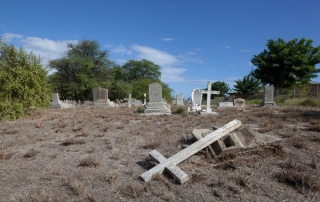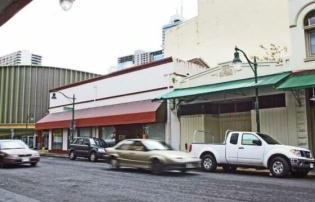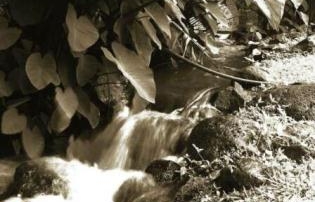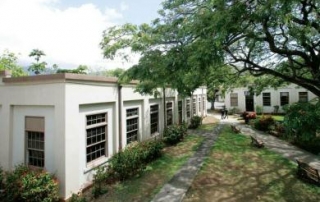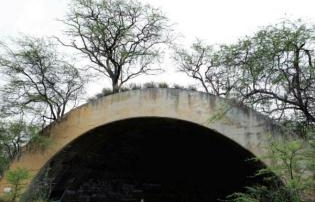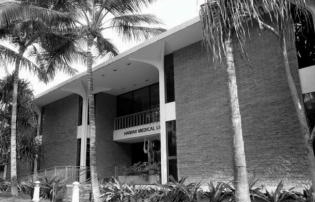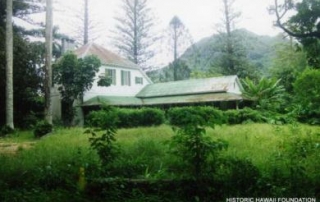Castle Hall, Punahou School (2014)
Photography: Courtesy of David Croxford Article Written By: Loren Moreno, HONOLULU Magazine What is it? After the original wood version of Castle Hall on the Punahou School campus burned down in 1911, the school rebuilt it in 1913 as its new girls’ dormitory. Both the original and replacement version were funded by Mary Tenney Castle, the wife of Samuel Northup Castle, founder of Castle & Cooke and original trustee of Punahou School. While it is no longer used as a dormitory, the building has been at the center of hundreds of Punahou alumni’s academic careers, including President Barack Obama. Its status as an iconic structure for Punahou School is demonstrated in its appearance on the school’s Christmas ornament last year. What threatens it? Punahou School declined to comment on this story, but the school’s board of trustees approved a master plan in May that sets the groundwork for demolishing the building to make space for an outdoor common area, says Faulkner. The school informed the Historic Hawai‘i Foundation that the building would come down in the final phase of its campus master plan, which is at least eight years away. Mary Cooke, member of the Punahou Board of Trustees from 1968 to 2011, was honored in May by the Punahou Alumni Association. In accepting the award, she called the school’s plans “very troubling,” and urged the board to seek “a qualified preservation firm to help evaluate options for preservation.” Cooke said the building should remain standing as a memorial to the school’s history, noting the Castle family’s connection to the school. “I’d like to encourage Punahou’s current and future leaders to continue Punahou’s long-term commitment to keeping alive our rich architectural heritage,” she said. What [...]



